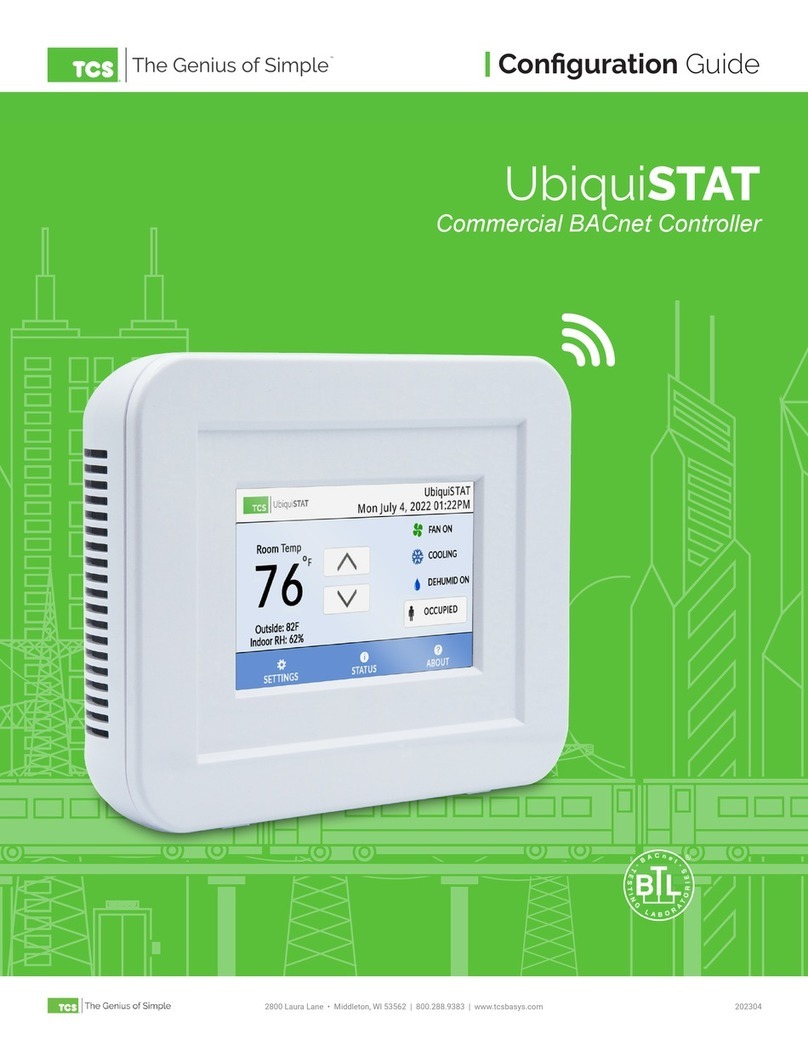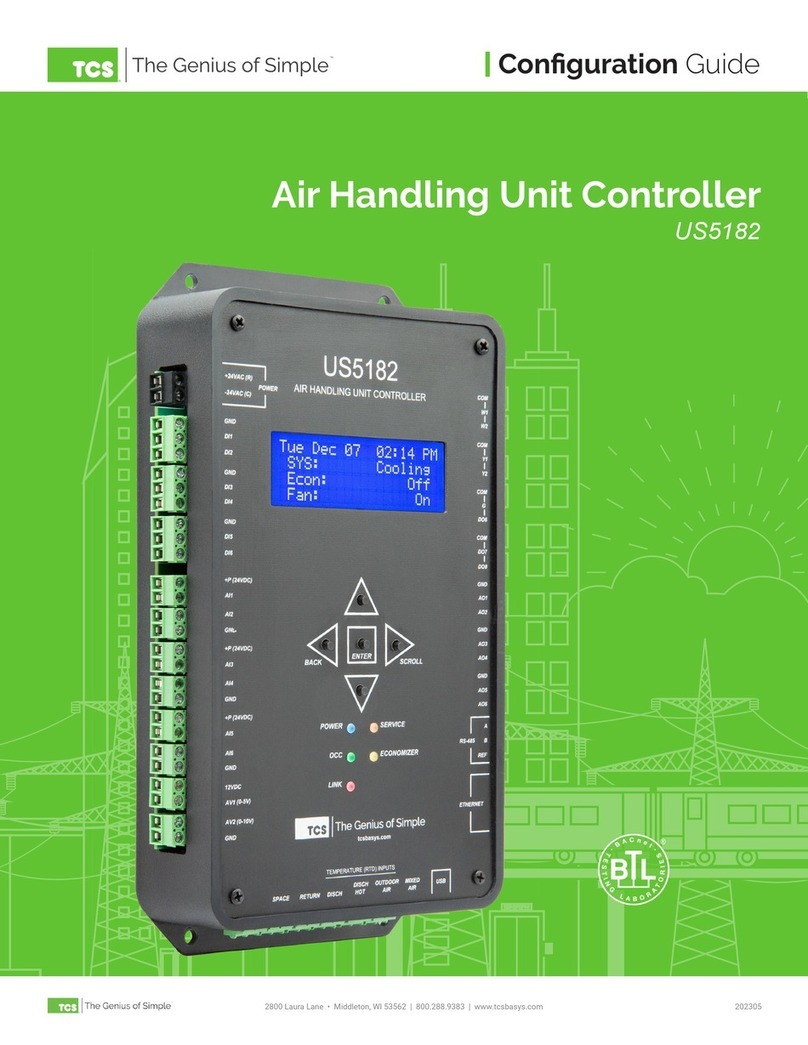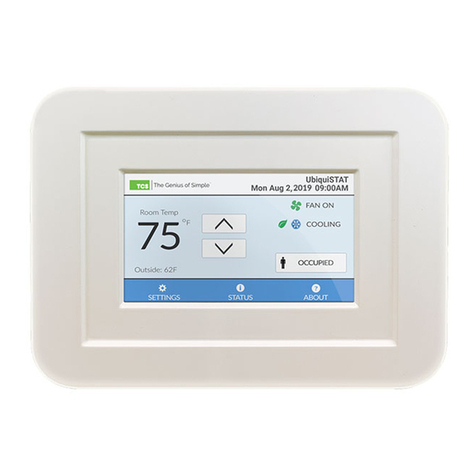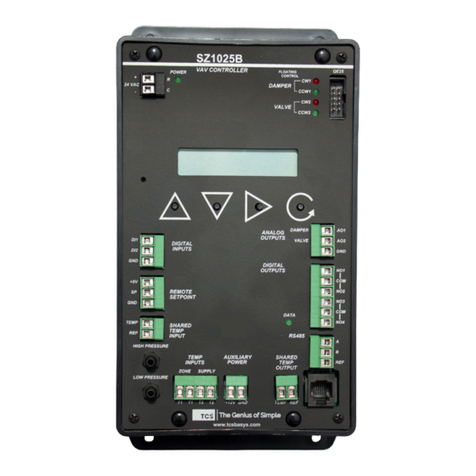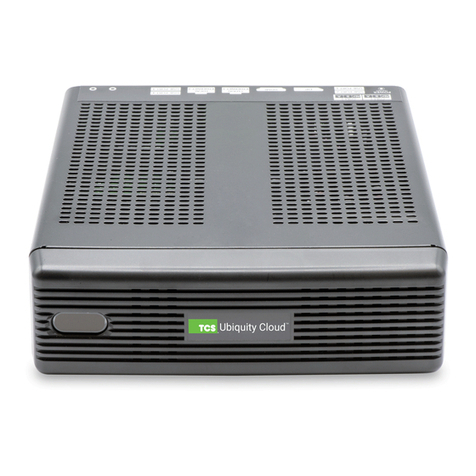
Operations
The Drive Window provides an overview
of your currently selected locomotive
and other important status indicators.
When no locomotive is selected, an “E”
will be displayed in the top left corner
which stands for “Empty”. If you had previously acquired a locomotive
address prior to powering down, the throttle will attempt to re-acquire it.
In order to operate a locomotive, use the Select Locomotive button .
The single dot button defaults to the quick recall function which will
swap between the two most recently used addresses/names.
Select A Locomotive
Press the button on the keypad to access the locomotive selection
screen. Users are given two options for selecting a locomotive.
1. Enter the cab number manually using the numerical keypad.
2. If the throttle is connected to JMRI, all locomotive IDs (names or
numbers) will be automatically loaded from the JMRI roster list. If you
have a long roster, you can start entering the address to lter your avail-
able options. Use the scroll wheel or chevrons to navigate to the desired
locomotive, then press the Enter button to select it and return to
the drive window. To assume control of a different locomotive, press the
locomotive button on the keypad again.
Using Loco Functions
Pressing the numerical buttons on the keypad will operate the function
assigned to that number on your locomotive. When a function is turned
on, the function number will be displayed on the screen.
To select higher function numbers than 9, press the Shift button.
The new function page selected will “persist.” You must press the shift
button again in order to continue through function pages. This was de-
signed to allow for easy repeated operation of higher-number functions.
On the left side of the screen, a small “1” or “2” will indicate that you are
controlling higher functions: 1 for F10 - F19, or 2 for F20 - F28.
Pro Tip (Digitrax users): If you would like to relinquish control of
your currently selected address, enter the Menu and se-
lect “Operations” followed by either the “Release” or “Dispatch”
options. Once a locomotive address has been released, it will
become the rst option available in the recall list.
10






